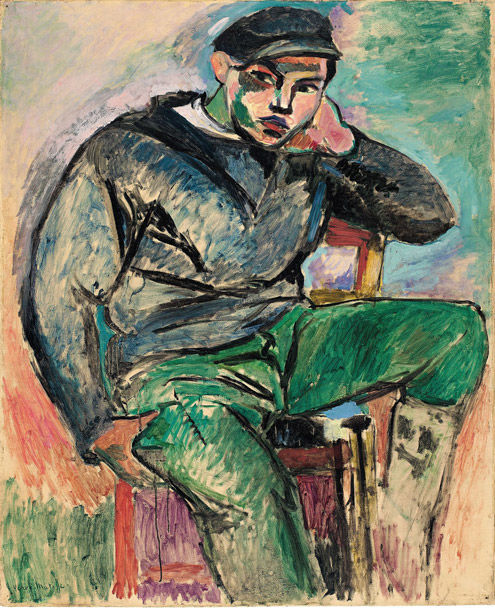
From a 2018 Metropolitan Museum of Art exhibition, Matisse’s “Young Sailor I”, 1906 was purchased by Solow in 1979. The 1906 painting set a new record, the sale (courtesy of The New York Times article by Katya Kazakina), “rewrote the auction record for 20th-century art and set a new high for any painting other than an old master.” The painting was shown alongside another Matisse masterpiece “Young Sailor II.”
Image courtesy of: The MET
Sheldon Solow has been one of the most well-known names in American real-estate for many, many years. The self-made tycoon was born in Brooklyn to a brick-layer father; at the tender age of 22, he acquired his first real-estate purchase. This 1950 transaction, a 72-family apartment building, was made possible thanks to a government-issued loan that his father arranged.
From then on, Solow continued to acquire real-estate in New York City. Along with collecting buildings, he amassed one of the world’s finest collections of 20th-century art. Conservatively valued at $500 million, this collection has increased over five decades. With Solow’s death late last year, many interested parties are questioning what will happen to these fabulous pieces!
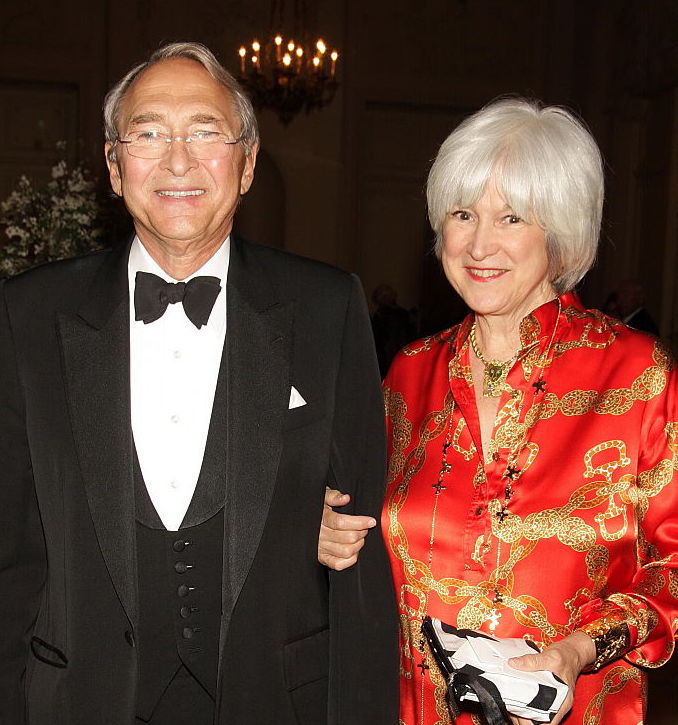
Sheldon Solow and Mia Fonssagrives Solow at the Institute of Fine Arts 75th anniversary dinner honoring Sheldon H. Solow, May 20, 2008.
Image courtesy of: ArtNet, photographed by: Will Ragozzino and Patrick McMullan.
Throughout his life, Solow remained extremely private, often buying paintings anonymously. David Norman, Phillips Americas chairman said, “He was definitely of a generation who started when the art world was much smaller. They made their own choices and spoke with the great dealers of their era, but relied on themselves.”
Many pieces decorated Solow’s penthouse and the others, in a rotating system, were displayed at the Solow Art and Architecture Foundation. However for the duration of its existence, the foundation was not available to the public. In 2018, Solow came under fire for benefiting from the tax-exempt status of his art foundation since it was usually inaccessible to the public; thus, negating the tax advantage.
Mia Fonssagrives Solow, the developer’s widow said, “Stefan and I are going to build the museum that Sheldon was looking forward to getting underway. On March 13, we went to the country and he wanted to meet with architects, but I told him, ‘Let’s stay safe.’ And all summer we held hands and talked about this museum. We’re going to put it together and celebrate his life. It’s something he’s wanted to do all his life, but he didn’t come around to doing it until now.”
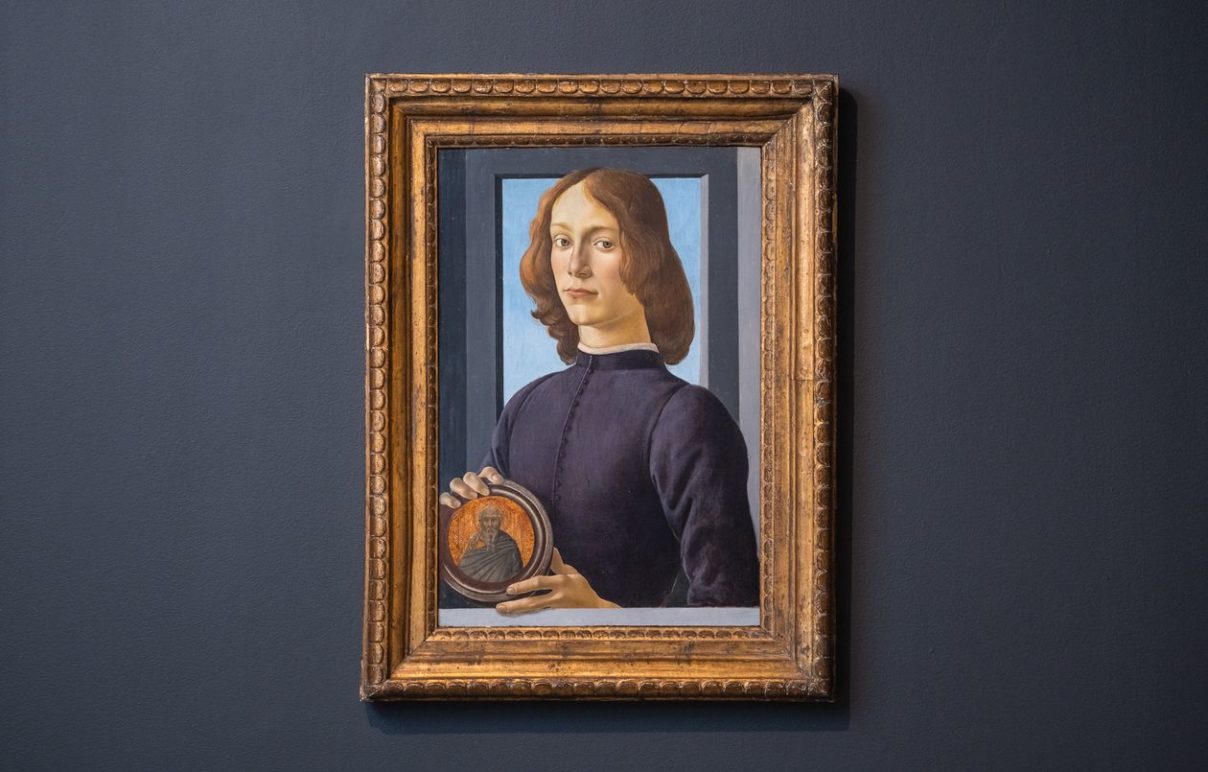
“Young Man Holding a Roundel” by Botticelli from the late 1470’s or early 1480’s. The painting depicts a nobleman holding a roundel that features a saint painted in the mode of the Sienese artist Bartolommeo Bulgarini’s work. The painting, more than 550 years old, is in immaculate condition. Solow purchased this piece for $1,600,000.
Image courtesy of: Barrons
The foundation’s space will now be the site of the new museum. Fonssagrives-Solow will work alongside Stefan Soloviev (the couple’s eldest son [who uses an older spelling of the family name]) to make Sheldon’s dream a reality. They are forging ahead even in the midst of the citywide shutdown that slowed the progress. What remains unclear is whether or not the heirs will include only works that the foundation owns or whether they will also include pieces from Solow’s private collection.
One of Solow’s most prized pieces is a 15th-century painting by Sandro Botticelli, “Young Man Holding a Roundel.” After spending decades at both the National Gallery of Art in Washington and the Metropolitan Museum of Art, Solow consigned the piece to Sotheby’s and sold it for $92.2 million in January, 2020. Solow’s plan was to use the money from this sale to fund “a little jewel in the heart of Manhattan.”
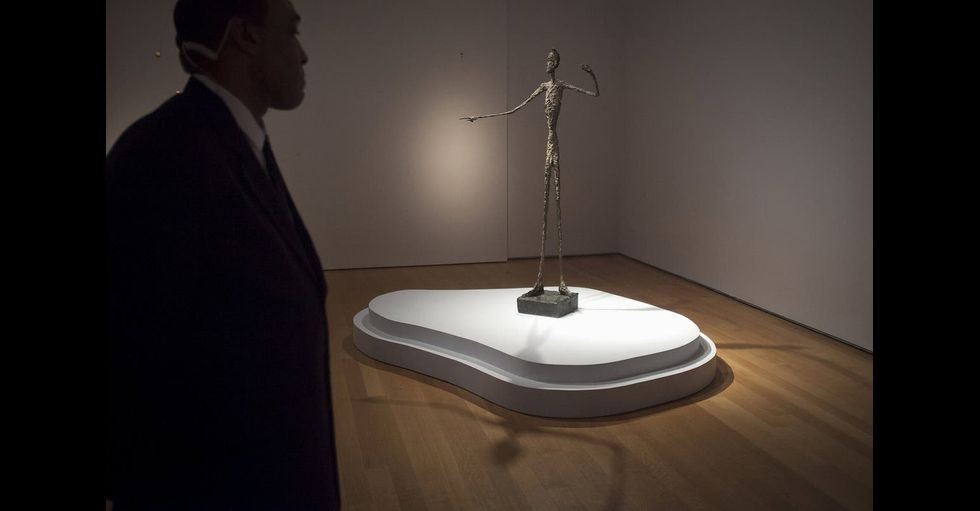
Alberto Giacometti’s L’Homme Au Doigt” (“Pointing Man”), 1947. Solow anonymously bought the stunning sculpture in 2015.
Image courtesy of: Art Antiques Design, photographed by: Carlo Allegri
It is up to Solow’s widow and their two children to decide the fate of the collection. More impressive than ever, the assemblage contains important pieces by Miro, Picasso, and Giacometti from the 1970’s that set records on both sides of the transaction. Additional artist works that lined Solow’s apartment walls were by the likes of Balthus, Dubuffet, van Gogh, and Rothko.
In 1973, the avid collector was the source of a trans-Atlantic bidding war for Picasso’s 1909 “Femme Assise”. The auctioned piece was sold for $816,000; a record at the time. Towards the end of the decade, Solow traveled to Londno to personally bid on a Matisse that was once owned by Gertrde Stein’s oldest brother, “Le Jeune Marin I.”
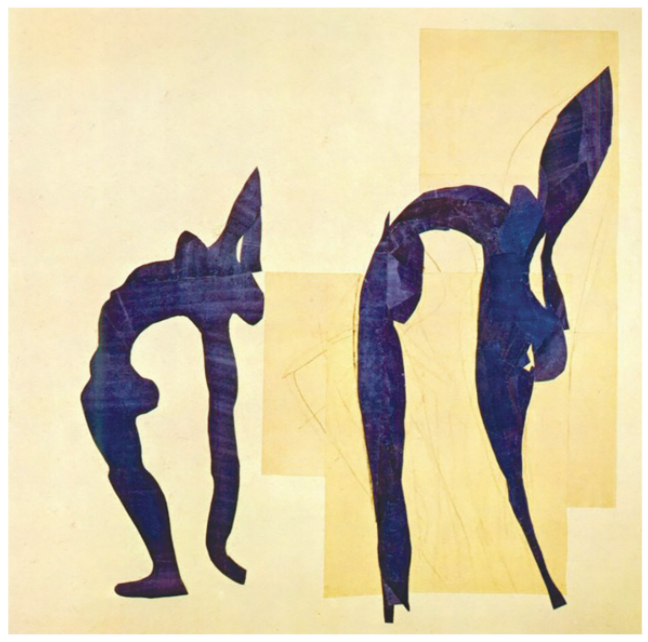
Mattise’s “Acrobats” is owned by the foundation; it has not been viewed by the public.
Image courtesy of: Crain’s New York Business
The entire world is waiting with bated breath to see what Solow’s heirs will decide to do with the $500 million collection. Since the pandemic, high-end art supply has been at a low. The infusion of major masterpieces such as those owned by Solow and his foundation would certainly excite collectors and auction houses alike. Elizabeth von Habsburg, managing director of Winston Art Group (an advisory and appraisal firm) said, ‘We are keenly awaiting the news on the disposition of this estate. The potential is really exciting.”